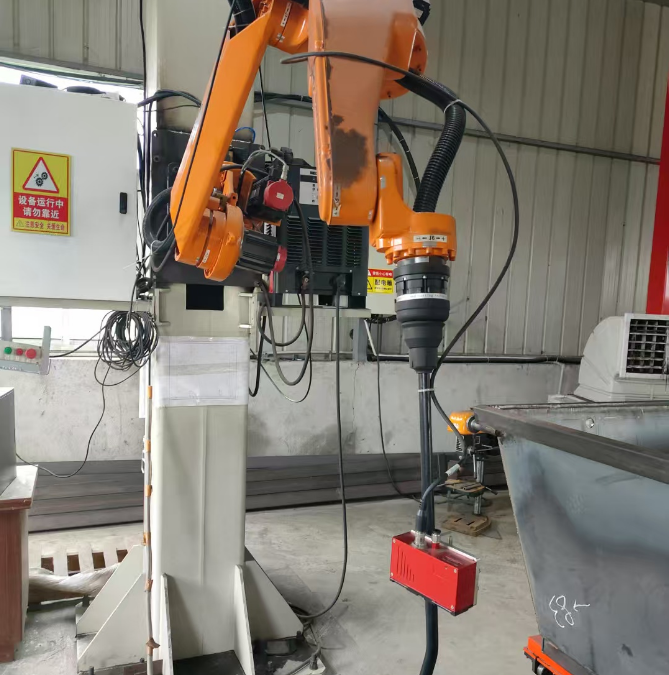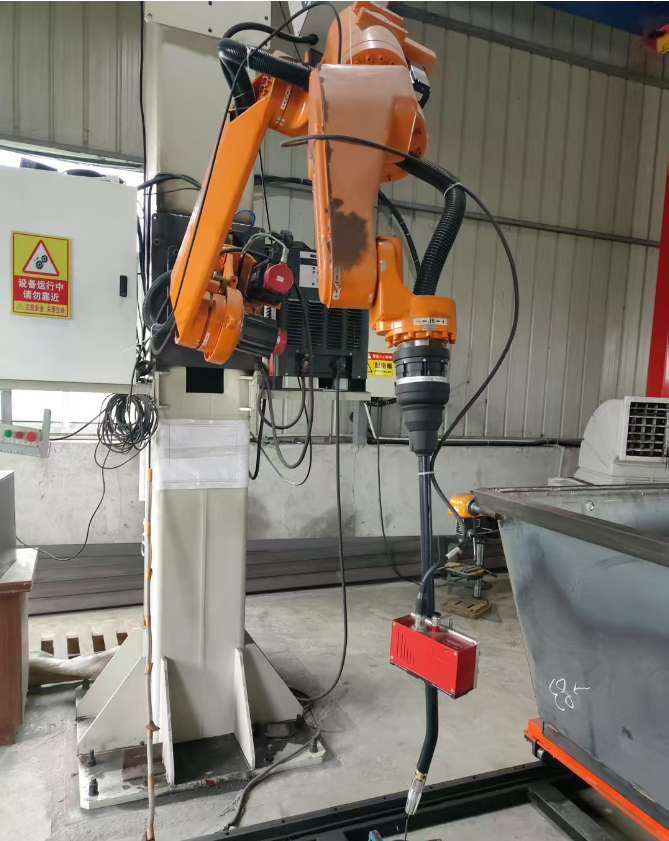The global skip bins manufacturing market is projected to grow significantly, reaching $2.1 billion by 2025, with a CAGR of 4.8% from 2020 to 2025. Several factors are driving this growth, such as rapid urbanization, stricter waste management regulations, and increasing environmental awareness. As cities expand and regulations tighten, the need for effective waste disposal solutions like skip bins is growing.
“The skip bins manufacturing market is at a key moment. As sustainability becomes more important, manufacturers who adopt eco-friendly practices early will gain a clear advantage. The shift to using recycled materials, especially with stricter regulations, will help meet environmental goals and appeal to eco-conscious consumers. The use of smart technologies is a game-changer for operational efficiency and waste management. Companies that adopt innovations like IoT and AI will improve waste management and save costs.”
— John Doe, Industry Analyst and Sustainability Expert
Key Manufacturing Trends to Watch
Manufacturers are focusing on creating lightweight but durable materials to improve fuel efficiency during transportation. Popular materials include high-density polyethylene (HDPE) and steel with anti-corrosion coatings, ensuring the bins are both strong and long-lasting.
Another key trend is the rise of modular and customizable designs. These designs offer adjustable partitions for waste segregation and stackable units to optimize space, meeting a variety of customer needs.
Some companies are also adopting automation and robotics on production lines to boost efficiency and lower labor costs. Additionally, 3D printing is being explored for rapid prototyping and small-batch production.
Finally, there is a growing emphasis on eco-friendly options. Manufacturers are responding to the demand for sustainable products by including up to 30% recycled content in their skip bins. Biodegradable materials, such as bamboo fiber composites, are also emerging as viable alternatives.
Sustainable Materials and Design
Sustainability is a major focus in skip bin manufacturing for 2025. Manufacturers are moving towards eco-friendly materials and innovative designs.
Recycled Plastics and Biodegradable Additives
More manufacturers are now using recycled plastics in their bins, with some incorporating up to 80% recycled content. This change helps cut plastic waste and supports a circular economy. Also, biodegradable additives are being added to plastic bins, making them break down faster in landfills and reducing environmental impact.
Innovative Designs for Efficiency
There’s been great progress in design innovation. Skip bins are now more stackable and collapsible, allowing for better use of space during transport. This can reduce emissions by up to 40% compared to older designs. In addition, modular designs are becoming more popular, allowing damaged parts to be replaced and extending the bin’s lifespan by 3-5 years.
Lightweight Materials and Durability
Manufacturers are exploring lightweight yet durable materials, like reinforced composites. These materials reduce bin weight by 25-30% without compromising strength. This not only lowers transportation costs but also makes handling easier.
Plant-Based Materials and Carbon Footprint Reduction
Some companies are testing plant-based materials such as hemp-reinforced bioplastics. Early trials show promising results, including a 60% reduction in the carbon footprint of bin production.
Smart Technology for Waste Management
Skip bins are now being integrated with smart sensors. These sensors help optimize waste collection routes, reducing unnecessary pickups by 20-30%. They also provide valuable data on waste composition, supporting more effective recycling efforts.
Automation and Robotics
Automation and robotics are transforming skip bin manufacturing in 2025. These technologies improve efficiency, reduce costs, and enhance product quality. They make production processes faster and more reliable, helping manufacturers meet higher demand while minimizing mistakes and risks.
Key Trends in Automation
- Robotic Welding Systems: These systems increase production speed by 30-40% compared to manual welding, which results in quicker turnaround times and better efficiency.
- AI-powered Quality Control: AI reduces defect rates to under 0.5%, ensuring every skip bin meets high standards, reducing waste and rework.
- Automated Material Handling: Robots that move up to 500 kg bins improve the movement of heavy materials, boosting productivity and cutting down on manual labor.
- Collaborative Robots: These robots work alongside human employees, improving ergonomics and safety while helping workers stay more efficient without replacing their jobs.
- IoT Sensors: Real-time sensors enable predictive maintenance, reducing downtime and increasing the lifespan of equipment.
Examples of Automation in Action
-
Aresbins(Chnia) uses robotic welding to improve its manufacturing. I saw how robotic systems speed up production and reduce turnaround times by over 30%. It’s not just about faster production, but also about creating high-quality, durable bins. Their skilled engineers handle custom requests, designing features like adjustable door heights and reinforced bases. For example, a construction client recently requested a crane lift point for easier transport, and Aresbins delivered a perfectly fitting bin quickly. Their factory is impressive, with large fiber laser cutters and CNC machines that ensure every product lasts. Quality control is done at every stage, from checking raw materials to final inspections, guaranteeing excellent results.
Benefits of Automation
- Cost Savings: Automation can lower manufacturing costs by 15-20%.
- Faster Production: Standard bins can be produced 50% faster, increasing overall productivity.
- Consistency & Quality: Automated systems create uniform welds and coatings, improving the quality of products.
- Worker Safety: Automation takes care of dangerous tasks, leading to safer working conditions.
- Increased Plant Utilization: 24/7 operations maximize production capacity.
Challenges to Consider
- High Initial Investment: Robotic systems can require $500,000 to $2 million in upfront costs, which is a major financial commitment.
- Skilled Workforce: Automation requires skilled technicians to maintain and program equipment.
- Job Displacement Concerns: As automation increases, workers may worry about losing jobs.
Overall, automation and robotics are making skip bin manufacturing more efficient, cost-effective, and safer. However, manufacturers must consider the high initial costs and the need for skilled workers before making the leap.
Customization and Versatility
Customization and versatility are two major trends in the skip bin manufacturing industry this year. Manufacturers are offering a wide range of bin sizes, from 2 to 40 cubic meters, to meet various customer needs. New designs are also emerging to serve industries like construction, manufacturing, and recycling.
Key Customization Options
Manufacturers now offer several customization options to suit different needs:
- Adjustable door heights and widths for easier access
- Removable dividers for better waste separation
- Reinforced bases for handling heavy materials
- Lockable lids to secure bins and prevent unauthorized access
- Crane lift points to simplify transportation
Aresbins Group has seen a 30% rise in requests for customized skip bins over the past year. 65% of commercial clients now choose to add company logos and colors to their bins, reflecting the growing demand for personalized options.
Conclusion
The skip bins manufacturing industry is changing fast. Innovation, sustainability, and meeting regulations are pushing these changes. By 2025, here are the key trends to watch:
- Sustainability is a top priority. Manufacturers aim to have 50-70% recycled content in new bins and cut 30% of emissions by 2030.
- Smart technologies, like IoT sensors and RFID tags, are improving tracking and waste collection.
- Design improvements focus on durability, stackability, and ease of cleaning. These changes help reduce maintenance costs and extend the bins’ lifespan.
- Specialized bins for e-waste, organic waste, and hazardous materials are becoming more important for better waste sorting.
Manufacturers who follow these trends—focusing on eco-friendly methods, modular designs, and customer-centered solutions—will stay ahead in the market. Sustainability and technology will continue to drive growth in this industry.



Recent Comments